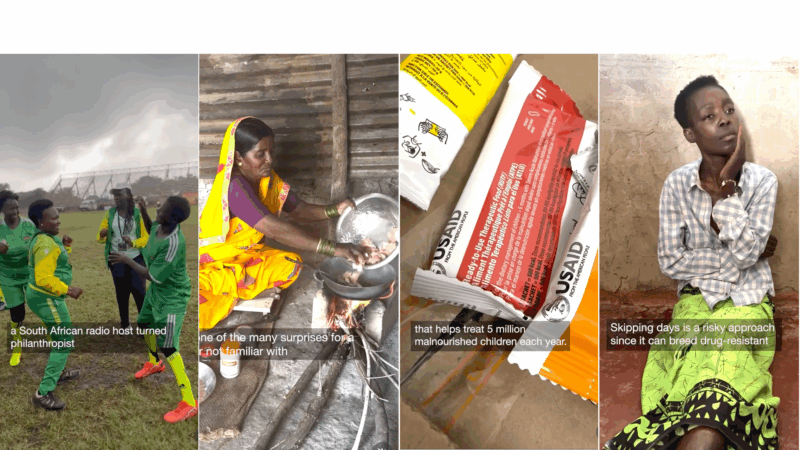Streamlining Emergency Response in Area Schools
Most Alabamians remember “snowmageddon.” Two years ago today, January 28, this winter anomaly crippled much of the state, stranding hundreds of students in schools and even on buses overnight. That got children’s advocates thinking about better ways to respond to emergencies including those with the Children’s Policy Council of Jefferson County.
On a cold, winter morning in Birmingham, UAB public health professor Lisle Hites and a team of graduate students are leading a workshop on disaster preparedness in schools at the policy council’s office. The scenario is a weather-related disaster called “Iced In,” modeled after “snowmageddon.”
“You might be a principal,” Hites says, giving each participant a role to play that coincides with a school staff member. “You might be a kindergarten teacher, a nurse, or the head of the cafeteria.”
Then Hites and his team set the scene. It’s late January and the daytime temperature is 31 degrees. Rain starts to fall, freezing on contact and forming a layer of ice. Then it starts snowing. Groups begin by answering a list of questions.
“Does your school have a sign out policy? Definitely yes,” says Alice Westery, executive director of Youth Towers, an organization that helps homeless children.
The scenario escalates. Students and teachers get stuck at school. Participants then discuss food and medical needs. Eventually schools lose power and that’s when it gets real. The groups panic.
Hites wants to help schools better handle emergencies like this. But there are several challenges.
“Not all disasters are created equal,” says graduate student Maria Hernandez, one of the facilitators. “A weather disaster is different from a natural disaster, from maybe an active shooter issue or you know, an epidemic.”
Staffing’s also a problem. For instance, teachers may want to leave during a disaster to be with their own families. These are just a few examples from a long list of things that could go wrong.
“The idea of these tabletop scenarios is that we’re able to test things before they happen,” says Hites. “Or if they have happened, go back and recall lessons learned as we did in this situation.”
The Children’s Policy Council plans to use these findings to help schools streamline emergency procedures so the fallout from future snowmageddons might be avoided.
Top Instagram reels from Goats and Soda in 2025: Plumpy’Nut, aid cuts, soccer grannies
Our most-viewed Instagram videos include reports from a Rhode Island factory that makes special food for malnourished children and from a tournament for soccer-playing "grannies."
‘The Rest of Our Lives’ takes readers on a midlife crisis road trip
America's literary highways may be plenty crowded with middle-aged runaways fleeing lives that increasingly feel like a bad fit. But Ben Markovits adds a moving tale to the collection.
Hunker down with these 13 mysteries and thrillers from 2025
Mysteries and thrillers are enjoyable no matter the season, but there's something extra satisfying about curling up in the winter with a warm drink and an all-engrossing read. Here's what we suggest.
Should the U.S. model its vaccine policy on Denmark’s? Experts say we’re nothing alike
The Trump administration wants to revamp U.S. childhood vaccination recommendations to align with some other peer nations, including one tiny country in northern Europe.
Marijuana rescheduling would bring some immediate changes, but others will take time
President Trump set the process in motion to ease federal restrictions on marijuana. But his order doesn't automatically revoke laws targeting marijuana, which remains illegal to transport over state lines.
The cultural works becoming public domain in 2026, from Betty Boop to Nancy Drew
The original Betty Boop, the first four Nancy Drew books and Greta Garbo's first talkie are among the many works from 1930 that will be free to use, share and remake starting on Jan. 1.







